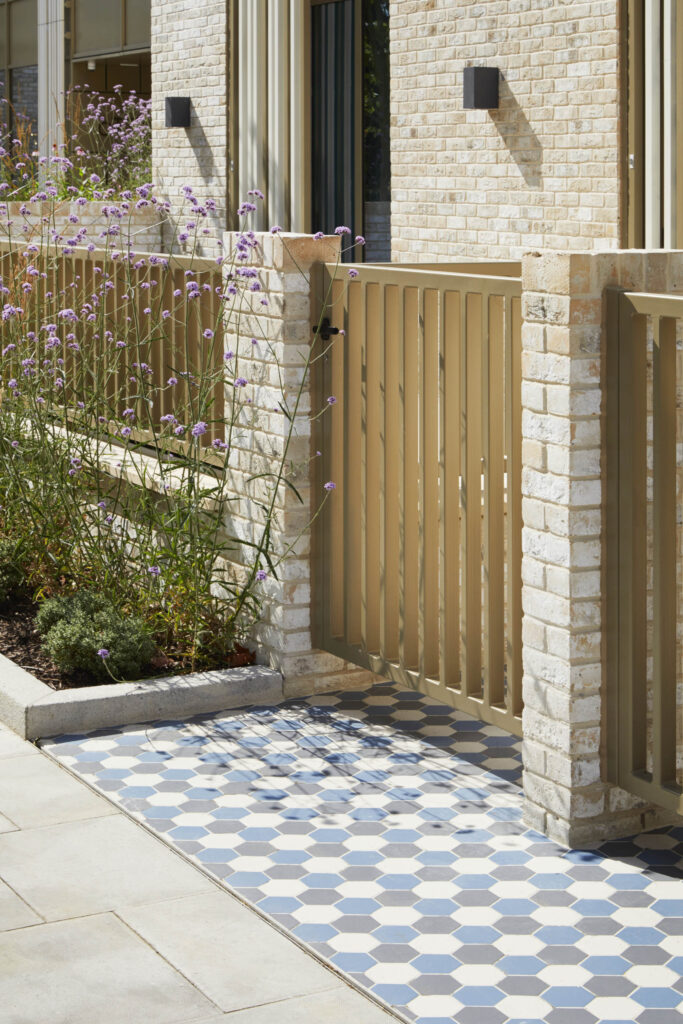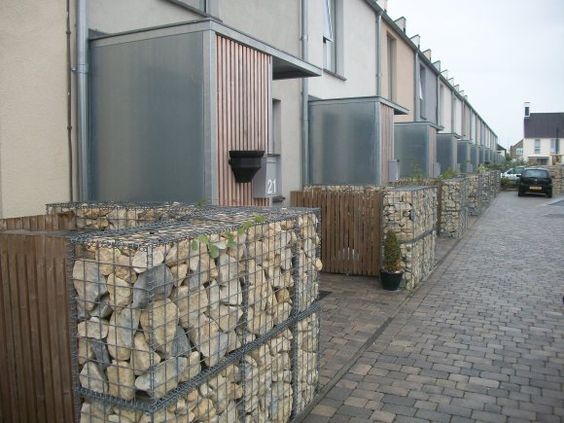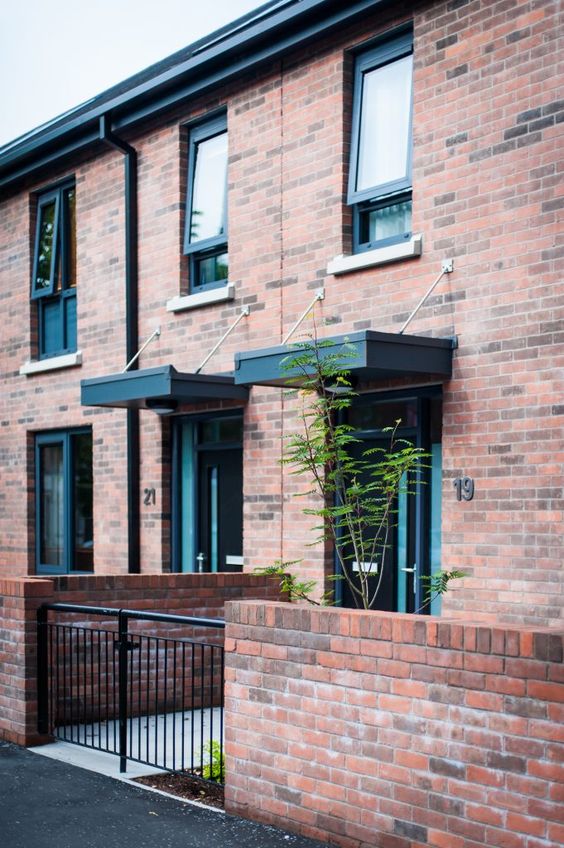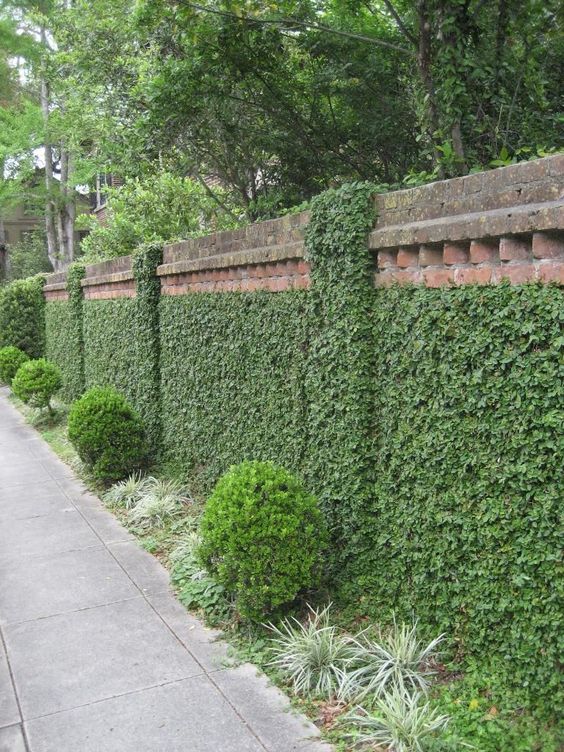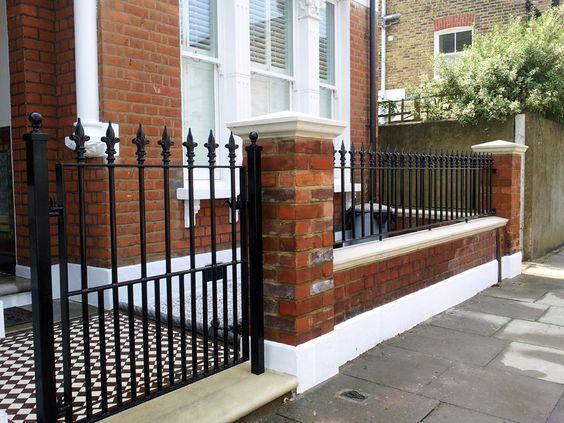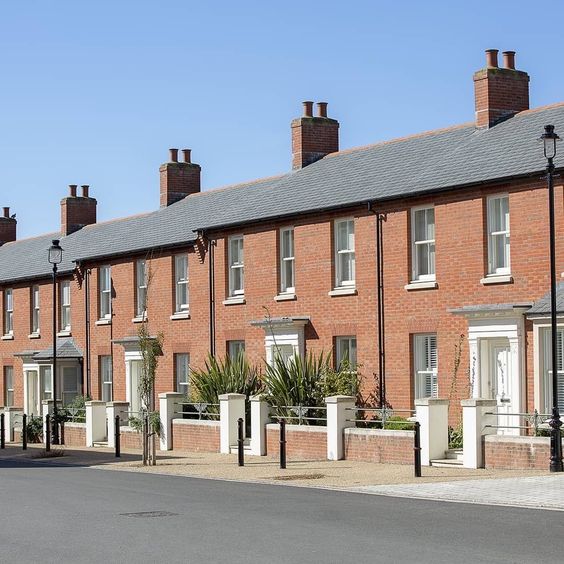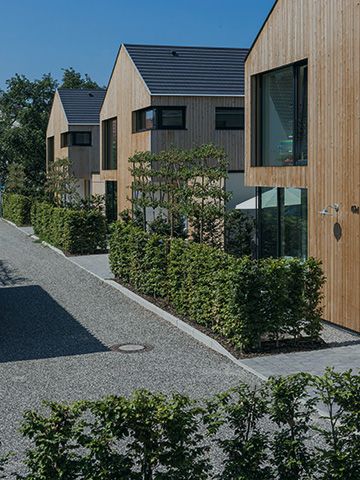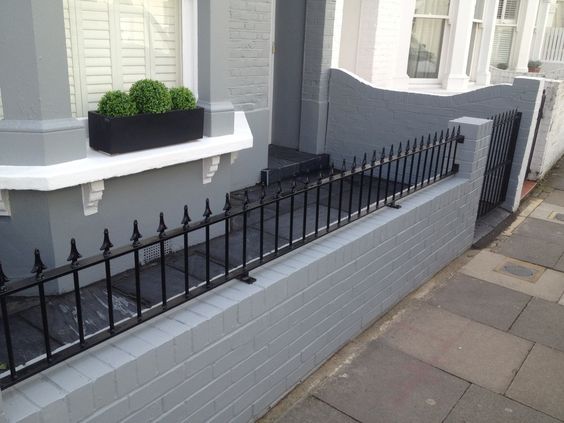Urmston, Flixton and Davyhulme
Trafford's Places
Urmston, Flixton and Davyhulme
Urmston, Flixton and Davyhulme are residential areas in the north west of the Borough. Together they retain a distinct identityThe identity or character of a place comes from the way that buildings, streets and spaces, landscape and infrastructure combine together and how people experience them. More, known for their verdant suburban qualities, with an extensive network of open spaces and established tree lined streets.
The area remained largely agricultural until the arrival of the railway in 1873 when it developed into a series of middle-class suburbs. A number of the streets benefit from a distinct planned form which results in wide roads that now integrate tree lined verges and cycle lanes, (some of which date from the inter war period) separating pedestrians from vehicular traffic. These streets provide a great opportunity for creating exemplar active travelMaking journeys by physically active means like walking, wheeling or cycling, rather than motor vehicle. More routes.
While there are a number of terraced residential properties across the area, particularly close to the historic centre of Urmston, the urban form beyond is typically less dense, with a proliferation of semi-detached and detached post-war houses in generous plots.
Many parts of Urmston in particular, are characterised by well-preserved Victorian and Edwardian properties, which together with the numerous parks, green spaces and tree lined streets lead to a verdant, spatial quality.
Many of these properties display characteristic local detailingThe details of a building are the individual components and how they are put together. Some are a deliberate part of the appearance of a building, including doors, windows and their surrounds, porches, decorative features and ironmongery. Others are functional, although they can also contribute to the appearance of a building. These include lighting, flues and ventilation, gutters, pipes and other rainwater details. Detailing affects the appearance of a building or space and how it is experienced. It also affects how well it weathers and lasts over time. More including red brick, blue slate roofs with overhanging verge detailsThe details of a building are the individual components and how they are put together. Some are a deliberate part of the appearance of a building, including doors, windows and their surrounds, porches, decorative features and ironmongery. Others are functional, although they can also contribute to the appearance of a building. These include lighting, flues and ventilation, gutters, pipes and other rainwater details. Detailing affects the appearance of a building or space and how it is experienced. It also affects how well it weathers and lasts over time. More, decorative eaves and corbelling, terracotta brickwork, planted timber and traditional render detailingThe details of a building are the individual components and how they are put together. Some are a deliberate part of the appearance of a building, including doors, windows and their surrounds, porches, decorative features and ironmongery. Others are functional, although they can also contribute to the appearance of a building. These include lighting, flues and ventilation, gutters, pipes and other rainwater details. Detailing affects the appearance of a building or space and how it is experienced. It also affects how well it weathers and lasts over time. More at first floor, together with dogtooth string courses and recessed doorways. Fine examples can be found along roads such as Westmorland Road, Barnfield and Flixton Road. There are also fine examples of interwar properties which include detailsThe details of a building are the individual components and how they are put together. Some are a deliberate part of the appearance of a building, including doors, windows and their surrounds, porches, decorative features and ironmongery. Others are functional, although they can also contribute to the appearance of a building. These include lighting, flues and ventilation, gutters, pipes and other rainwater details. Detailing affects the appearance of a building or space and how it is experienced. It also affects how well it weathers and lasts over time. More typical of the era such as gabled fronts with mock Tudor panelling, horizontally proportioned windows and decorative fenestration.
Outlying areas of Urmston, Flixton and Davyhulme have been developed over time with a series of mid twentieth century housing estates, some of which have become areas in their own right.
Bent Lanes, Woodsend / Woodsend Circle in Flixton and Kingsway Park and Broadway in Davyhulme include a number of older properties, but are dominated by large housing estates. With a few notable exceptions, the latter provide little in the way of appropriate design cues for new development. Snowden Avenue in Urmston is another mid twentieth century estate, which whilst not boasting a particularly strong architectural characterCharacter includes all of the elements that go to make a place, how it looks and feels, its geography and landscape, its noises and smells, activity, people and businesses. This character should be understood as a starting point for all development. Character can be understood at three levels; the area type in which the site sits, its surroundings and the features of the site. More is nevertheless laid out on attractive tree lined streets. Davyhulme Circle retains a strong identityThe identity or character of a place comes from the way that buildings, streets and spaces, landscape and infrastructure combine together and how people experience them. More, with the Grade II listed war memorial at its heart, and a number of attractive period properties in commercial use to the north, south and east.
Development Plan Documents
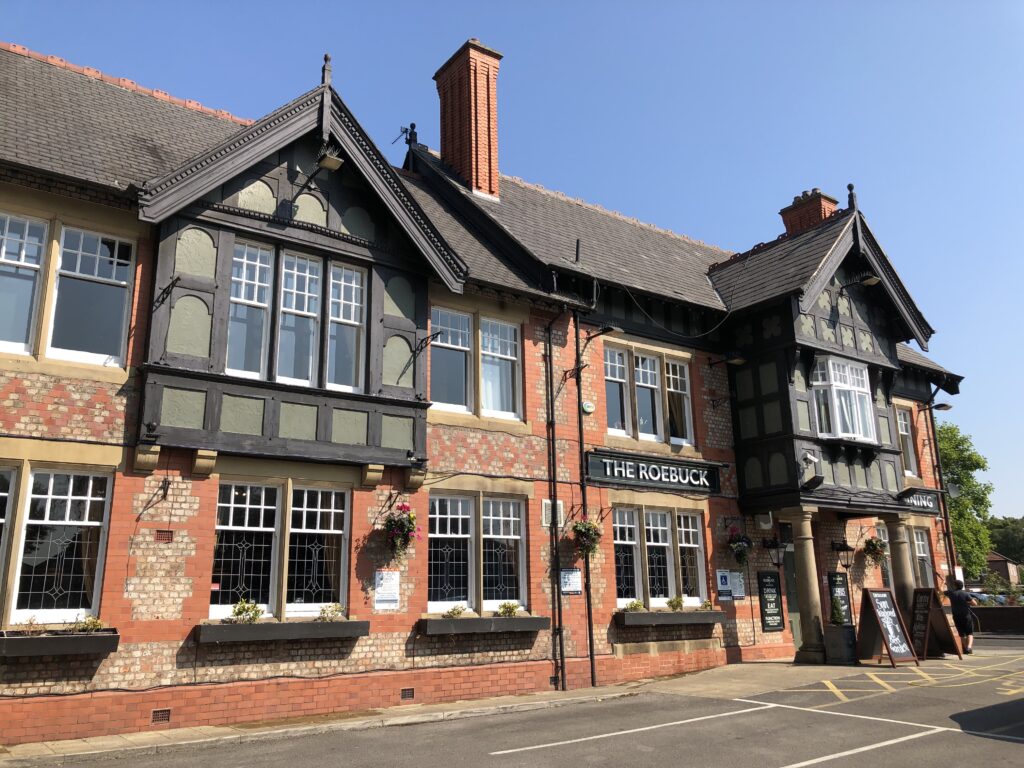
The Roebuck
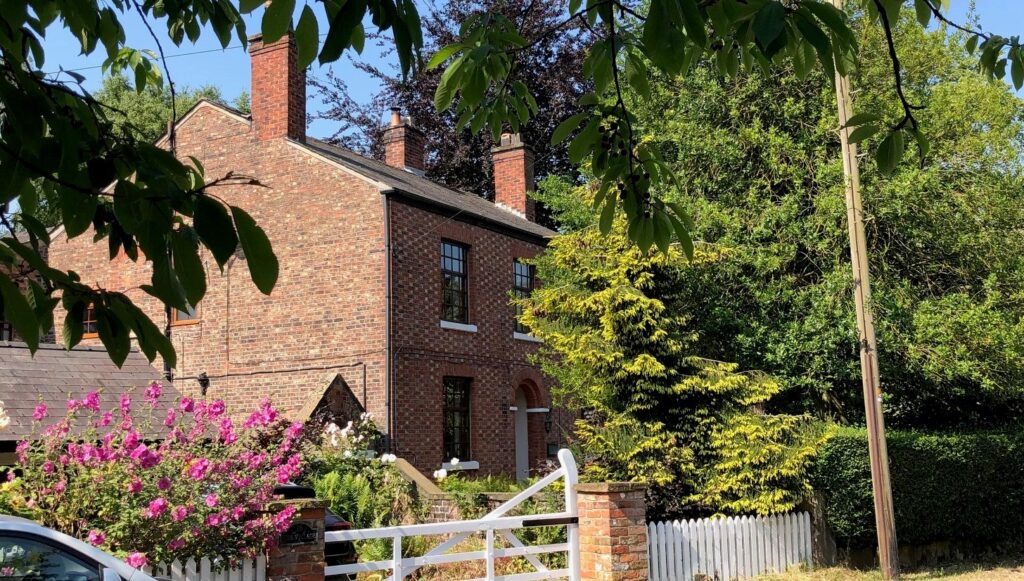
Flixton
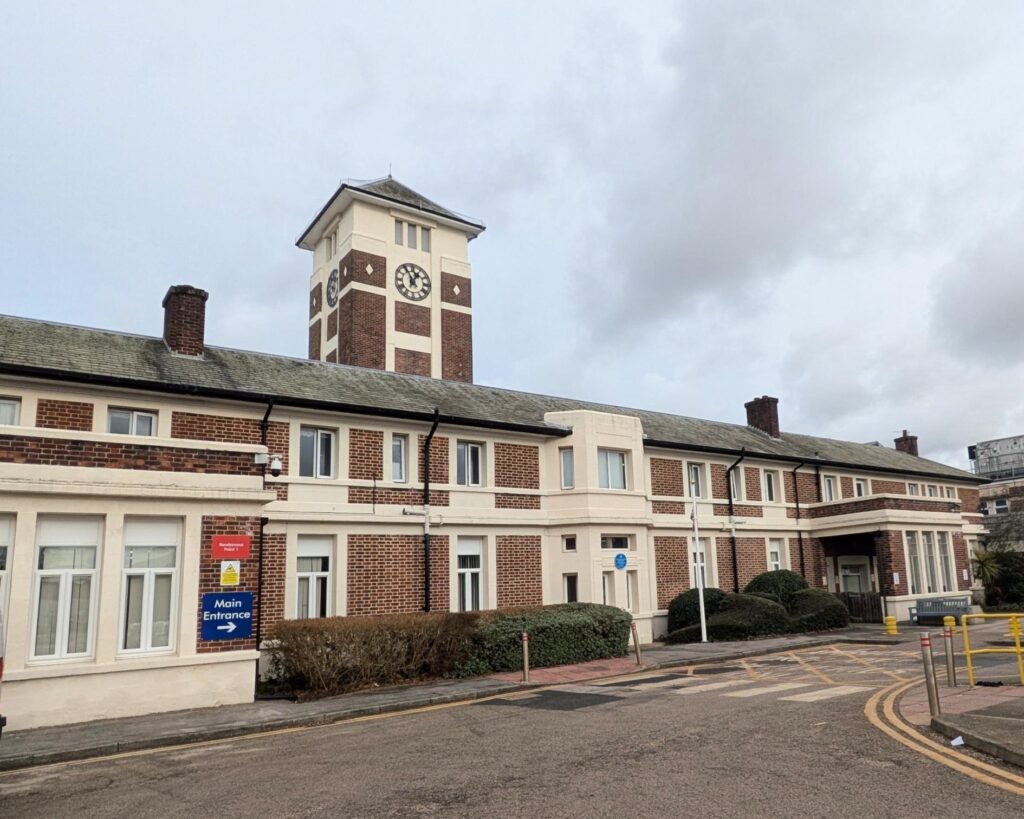
Trafford General
Evolution
Local Character Areas
Urmston is the main town centre for the area and includes an historic high street while period properties are focused around its core;
Flixton is a residential area to the west which abuts the Manchester Ship Canal but lacks an obvious centre;
Flixton Village on the fringes of the conurbation provides a snapshot of historic Trafford village life and retains a distinct identityThe identity or character of a place comes from the way that buildings, streets and spaces, landscape and infrastructure combine together and how people experience them. More centred around St Michael’s Church;
The River Mersey corridor has a less engineered riverbank through the area than elsewhere and provides the setting for recreation and leisure activities as well as natural habitats;
The Manchester Ship Canal provides an additional green resource as well as being a significant heritage assetA building, monument, site, place, area or landscape identified as having a degree of significance meriting consideration in planning decisions, because of its heritage interest. It includes designated heritage assets and assets identified by the local planning authority (including local listing). More, where remnants of its industrial past can be discovered;
Davyhulme is a residential area to the north which includes Trafford General Hospital and borders the M60 and nearby Trafford Centre. Like the rest of the area it boasts an extensive network of green spaces.
Place Specific Design Cues
Context dependent design cues should be taken from the best examples of properties that were built at the time these areas began to develop.
Notable buildings and landmarks – consider how these might inform new design.
Built FormForm is the three-dimensional shape and modelling of buildings and the spaces they define. Buildings and spaces can take many forms, depending upon their: size and shape in plan; height; bulk – their volume; massing – how bulk is shaped into a form; building lines – the alignment of building frontages along a street; and relationship to the plot boundary – and whether they share party walls or not. In the case of spaces, their form is influenced by the buildings around them. More, Height, Roofscape – generally two storey with dual pitched roofs.
Local building materials – almost exclusively red brick in stretcher, English Garden Wall or Flemish bond with sandstone detailingThe details of a building are the individual components and how they are put together. Some are a deliberate part of the appearance of a building, including doors, windows and their surrounds, porches, decorative features and ironmongery. Others are functional, although they can also contribute to the appearance of a building. These include lighting, flues and ventilation, gutters, pipes and other rainwater details. Detailing affects the appearance of a building or space and how it is experienced. It also affects how well it weathers and lasts over time. More, and blue slate or red clay tiled roofs.
Façade composition –generally bay windows at ground and first floor, with vertically proportioned sash windows.
Architectural detailingThe details of a building are the individual components and how they are put together. Some are a deliberate part of the appearance of a building, including doors, windows and their surrounds, porches, decorative features and ironmongery. Others are functional, although they can also contribute to the appearance of a building. These include lighting, flues and ventilation, gutters, pipes and other rainwater details. Detailing affects the appearance of a building or space and how it is experienced. It also affects how well it weathers and lasts over time. More – particularly prevalent around doorways, windows, bays and eaves. Mock Tudor panelling or planted timber detail and roughcast render to first floor. Recessed windows, doors and open porches.
Boundary treatment – generally low stone or brick walls to road frontages with hedge planting behind.
StreetscapeStreetscape is a term used to describe the natural and built fabric of the street, and defined as the design quality of the street and its visual effect, particularly how the paved area is laid out and treated. It includes buildings, the street surface, and also the fixtures and fittings that facilitate its use – from bus shelters and signage to planting schemes. More patterns and street structure – consider the urban grainThe pattern of the arrangement of street blocks, plots and their buildings in a settlement. The degree to which an area’s pattern of blocks and plot subdivisions is respectively small and frequent (fine grain), or large and infrequent (coarse grain). Urban grain is a key component of defining the character of a place. More – generally medium sized houses in reasonably generous gardens.

